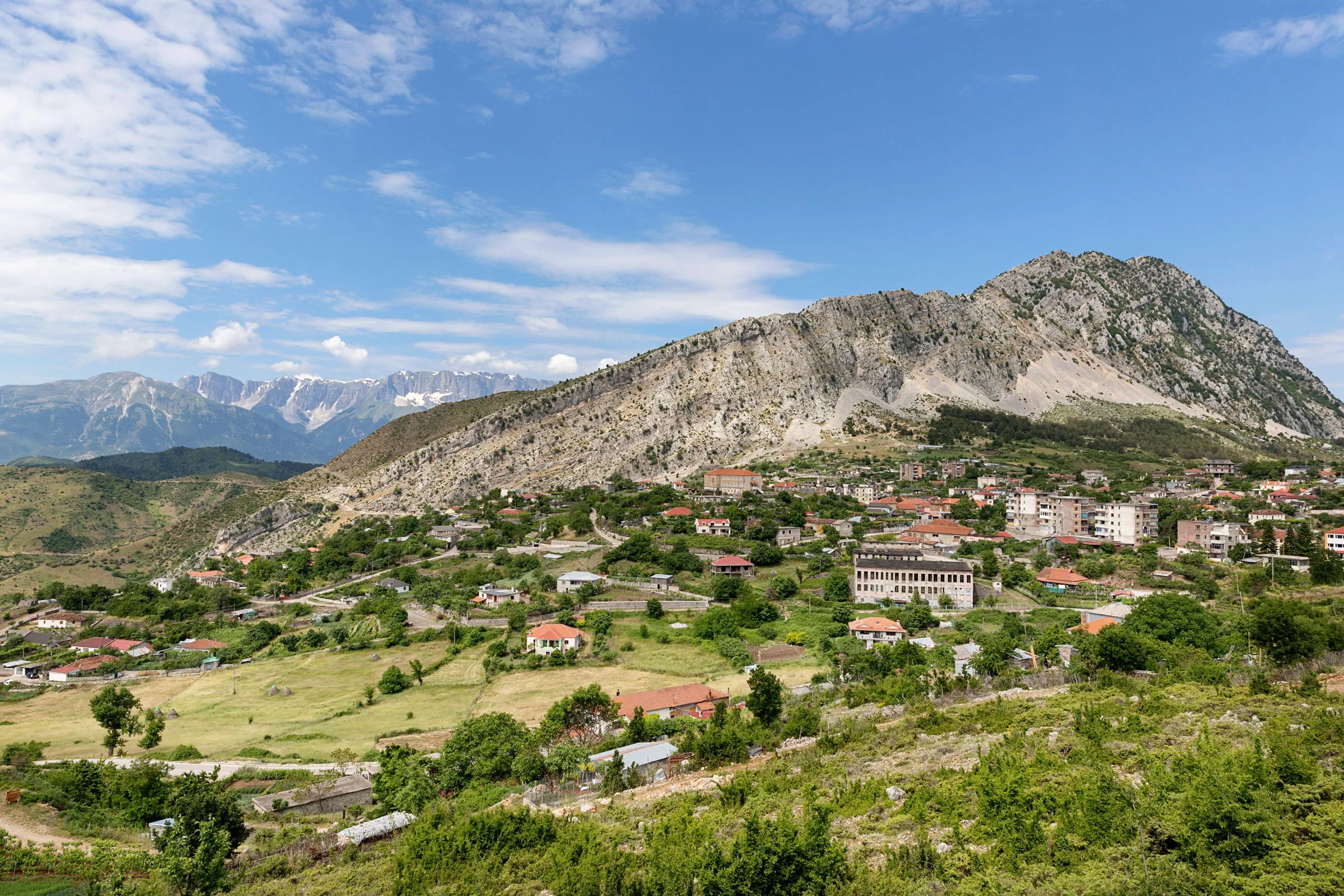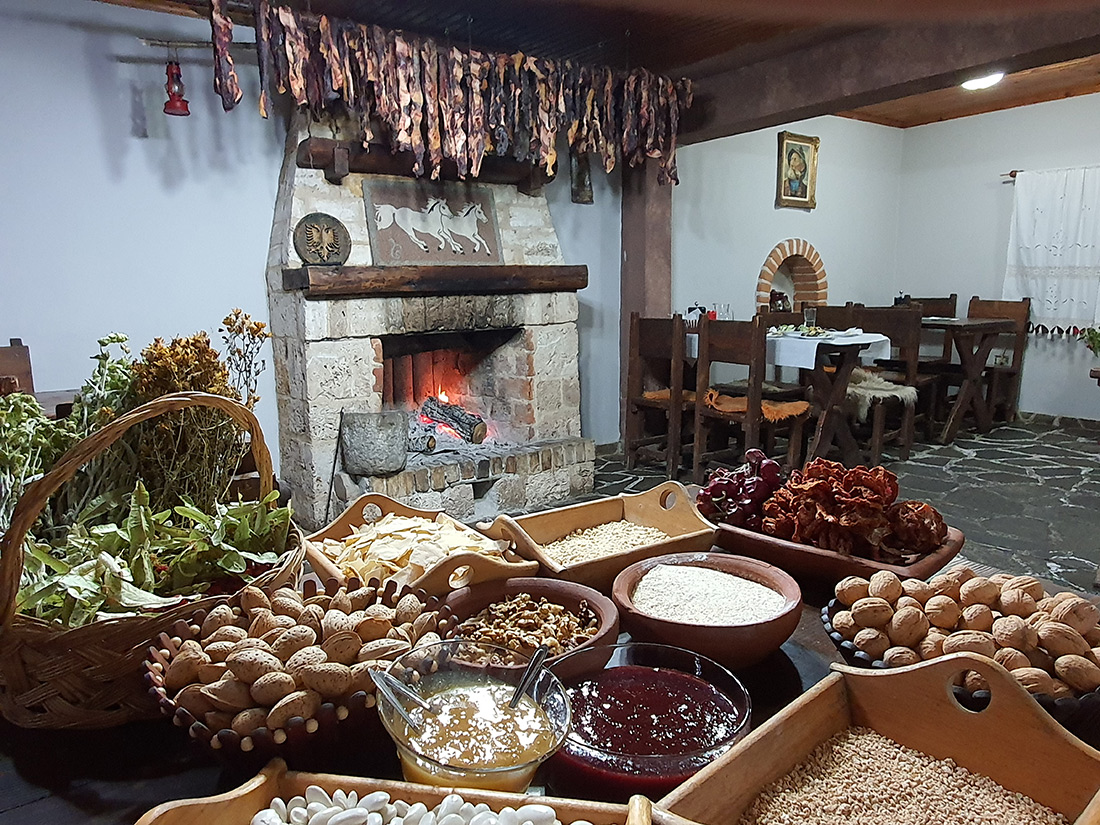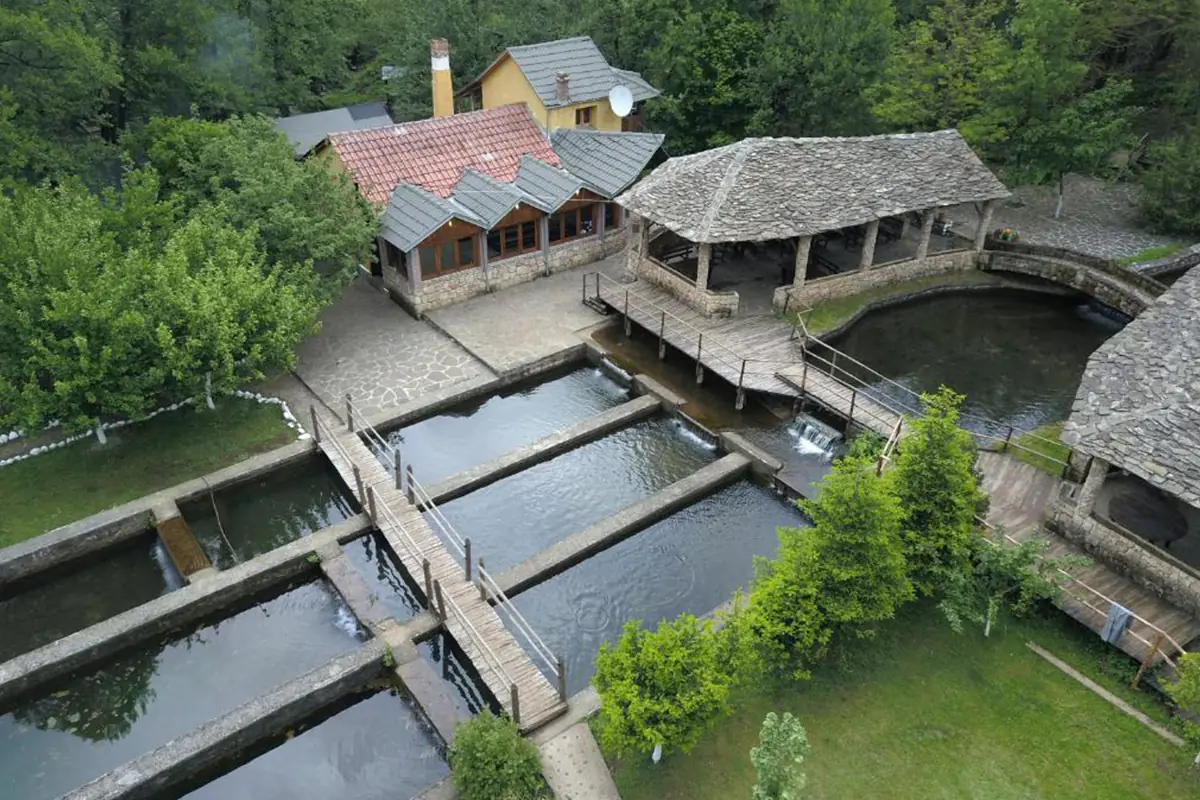Key Takeaways
- Leskovik offers stunning natural landscapes nestled in the [Mountains in Albania]
- The town’s rich history from the Ottoman Empire to modern times reflects its resilience and strategic importance.
- Leskovik’s culture is deeply rooted in Albanian traditions, emphasizing hospitality and community bonds, influenced by regional customs.
- Natural attractions like the Grammos Mountains and local historical sites create memorable experiences for visitors.
- Accessible mainly via Korçë, travelers should plan ahead considering road conditions and transportation options.
Leskovik, a serene town hidden away in southeastern Albania, beckons explorers with its authentic charm, panoramic mountain vistas, and rich cultural heritage. Its strategic position in the [Kolonjë region](https://en.wikipedia.org/wiki/Kolonje) and proximity to natural and historical sites make it an unmissable destination for curious travelers. Let’s uncover what makes Leskovik a captivating piece of Albania’s diverse landscape.
Geographic Location and Overview of Leskovik
Situated in the southeastern Albanian Alps,
Leskovik is part of the
Korçë County within the
mountainous terrain of the Grammos Mountains, locally known as Mali i Gramozit. This rugged landscape offers breathtaking vistas of deep valleys, dense forests, and towering peaks.
The town’s elevation at around 800 meters above sea level grants it a cool climate, especially in winter, attracting those seeking natural tranquility and outdoor adventures. Its geographic positioning enhances the biodiversity and ecological richness of the area, making it a perfect spot for hiking and nature photography.
The nearby landmarks, including the Devol Pass and the historic Permet region, are part of the broader regional tapestry. These sites extend the travel experience, offering insight into Albania’s natural boundaries and cultural history. For detailed mapping and more geographic data, refer to local Albanian geographical databases.
A Rich Historical Background: From Frontier Town to Present
Leskovik’s history spans centuries, with its strategic location making it a significant frontier town during the Ottoman Empire. It served as a key outpost controlling regional trade routes and border crossings. Even during Roman rule, the nearby
Devol Pass held military and commercial importance, adding layers to Leskovik’s historical identity.
During the Albanian National Awakening, the town played a role in fostering independence and national pride, culminating in 1912. Its landscapes and monuments echo the stories of resilience and struggle. The tumultuous years of WWII and the subsequent Communist period brought challenges but also shaped the modern identity of Leskovik—a resilient community adapting through times of change.
Today, Leskovik’s rich past is reflected in its architecture, local customs, and collective memory, embodying a narrative of perseverance. For a deeper dive into regional history, visit various Albanian and regional historical sources.
Demographics and Cultural Tapestry of Leskovik
Though modest in population—about 1,500 residents—the town’s cultural vibrancy is palpable. The people of Leskovik uphold traditions like
Besa, a code of trust and hospitality that is central to Albanian identity. These customs foster strong community bonds and warm interactions with visitors.
The local dialects blend Albanian with influences from nearby Greece, reflecting its border proximity. Music, dance, and festive celebrations—such as the summer festivals and religious feast days—are lively expressions of local culture. The cuisine, rich in traditional Albanian recipes, showcases fresh ingredients like herbs, dairy, and locally raised meats.
Craftsmanship, from textiles to woodwork, persists as part of the town’s cultural identity, connecting past artisanship with present traditions. This vibrant cultural scene invites visitors to experience authentic Albanian hospitality firsthand.
Attractions and Points of Interest in Leskovik
The natural and cultural tapestry of Leskovik offers a numerous points of interest. The
mountains surrounding the area are perfect for trekking, camping, and wildlife observation. Hikers can enjoy trails that wind through dense forests, revealing panoramic views and hidden waterfalls.
The town itself features traditional Albanian architecture, including stone houses and religious structures like old Orthodox churches and mosques that tell stories of historical coexistence. Visiting these sites provides insight into the region’s layered history.
Location near the Greek border makes Leskovik an excellent base for cross-border exploration. Nearby cross-cultural sites showcase blended traditions, cuisines, and crafts. Seasonal festivals, like the national Independence Day celebrations, animate the local community and offer immersive cultural experiences.
Accessibility and Transportation to Leskovik
Getting to Leskovik mainly involves traveling through the city of
Korçë, which acts as the gateway for most visitors. The drive from Korçë to Leskovik takes roughly 1.5 hours via scenic mountain roads. Road conditions can vary, especially during winter, so vehicle preparedness is recommended.
Public buses connect Korçë to Leskovik—though schedules may be infrequent, they remain a budget-friendly option. For international visitors, Korçë Airport offers limited flights, so planning ahead is essential.
Travel tips: arranging accommodations before arrival, having some cash in Albanian Lek (ALL), and basic knowledge of Albanian language enhance the journey. The rural roads offer breathtaking views but require caution during adverse weather. The journey to Leskovik can be as memorable as the destination itself.
Economy and Local Life in Leskovik
The economy revolves around
agriculture, animal husbandry, and small-scale trade. Local families cultivate crops such as corn, wheat, and vegetables, while raising sheep, goats, and cattle in pastoral traditions that have persisted for generations.
Life here is peaceful and community-centric, with most residents engaging in farming, livestock tending, or local crafts. Seasonal activities and festivals keep cultural practices alive, fostering social cohesion.
Small businesses support daily needs—shops, taverns, and markets—preserving traditional trade routes. Forestry also contributes to the local economy, with sustainable harvesting practices practiced by residents.
Visitors can witness this resilient way of life and appreciate the strength of traditions that sustain the town’s social fabric amidst economic challenges.
Conclusion: Experience Leskovik, A Unique Albanian Destination
From its spectacular mountain scenery to its layered history and warm community,
Leskovik embodies the authentic spirit of Albania. Exploring this hidden gem offers a chance to connect with natural beauty, cultural richness, and resilient traditions that have thrived for centuries.
This exploration highlights why Leskovik deserves recognition as an off-the-beaten-path destination. Whether you’re seeking adventure, cultural immersion, or simple tranquility, this town promises a memorable experience that captures the heart of Albania’s diverse landscape.





